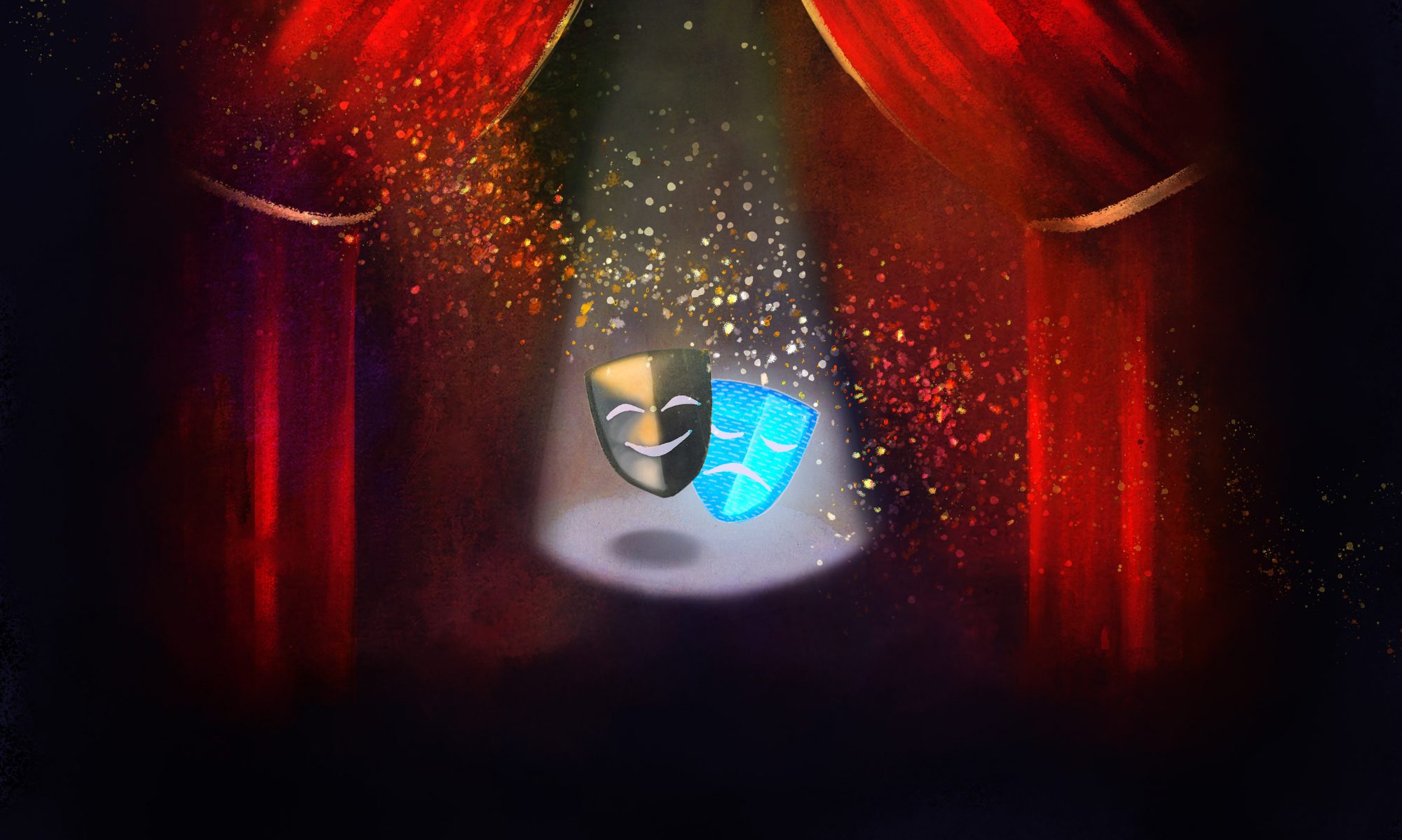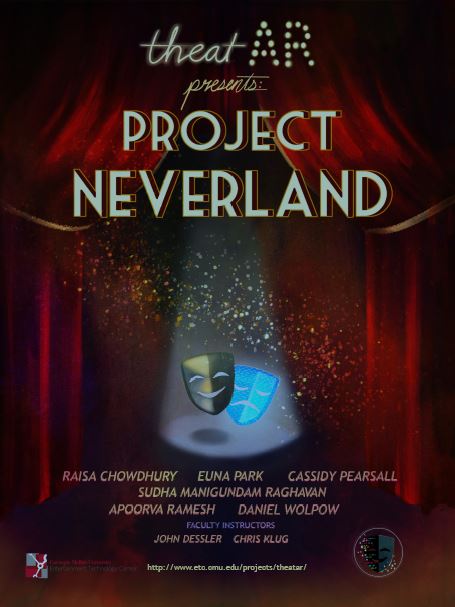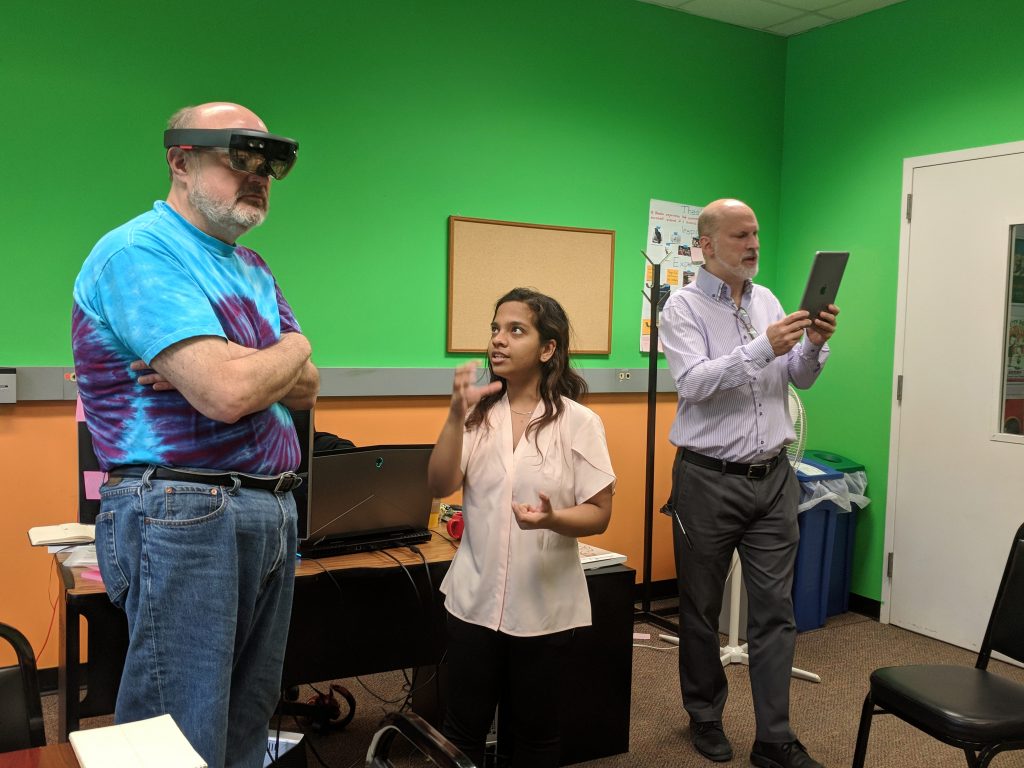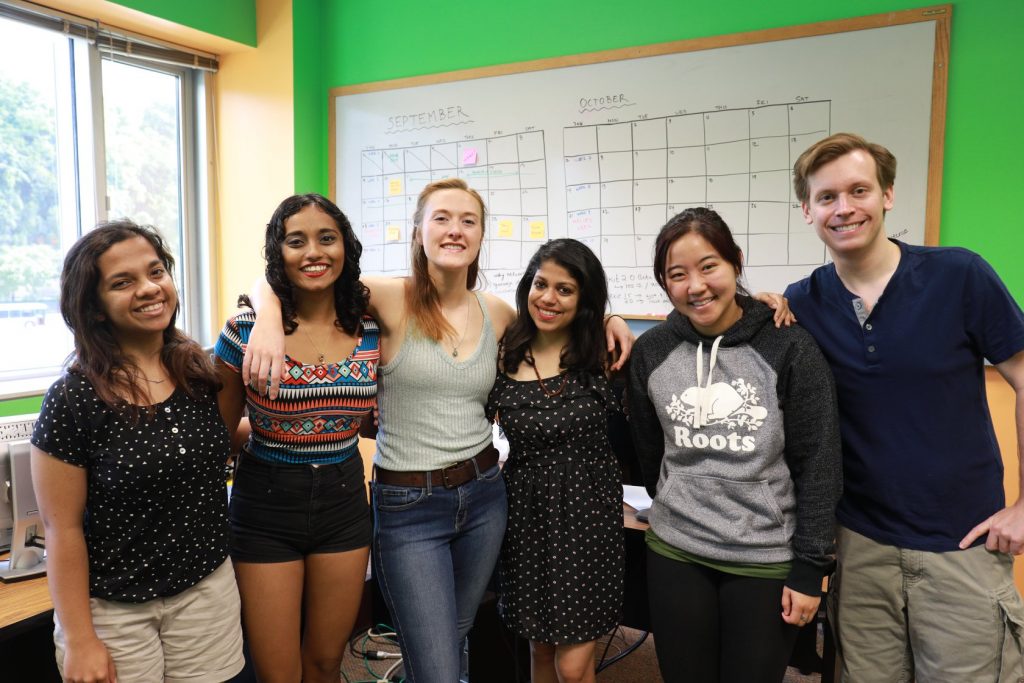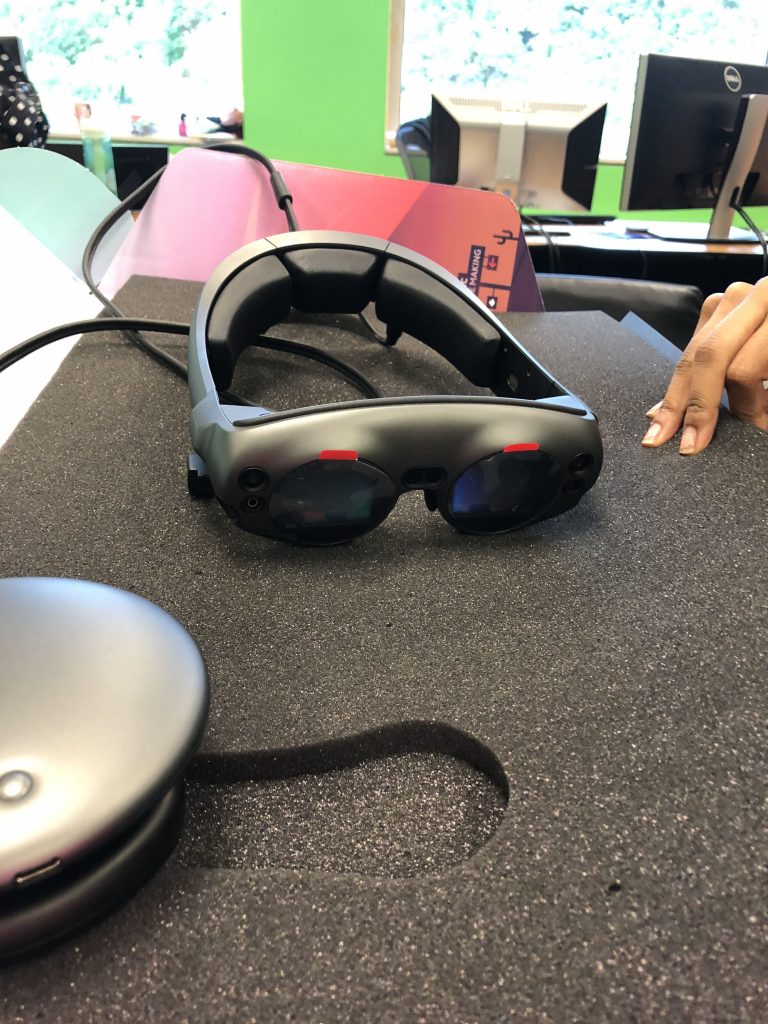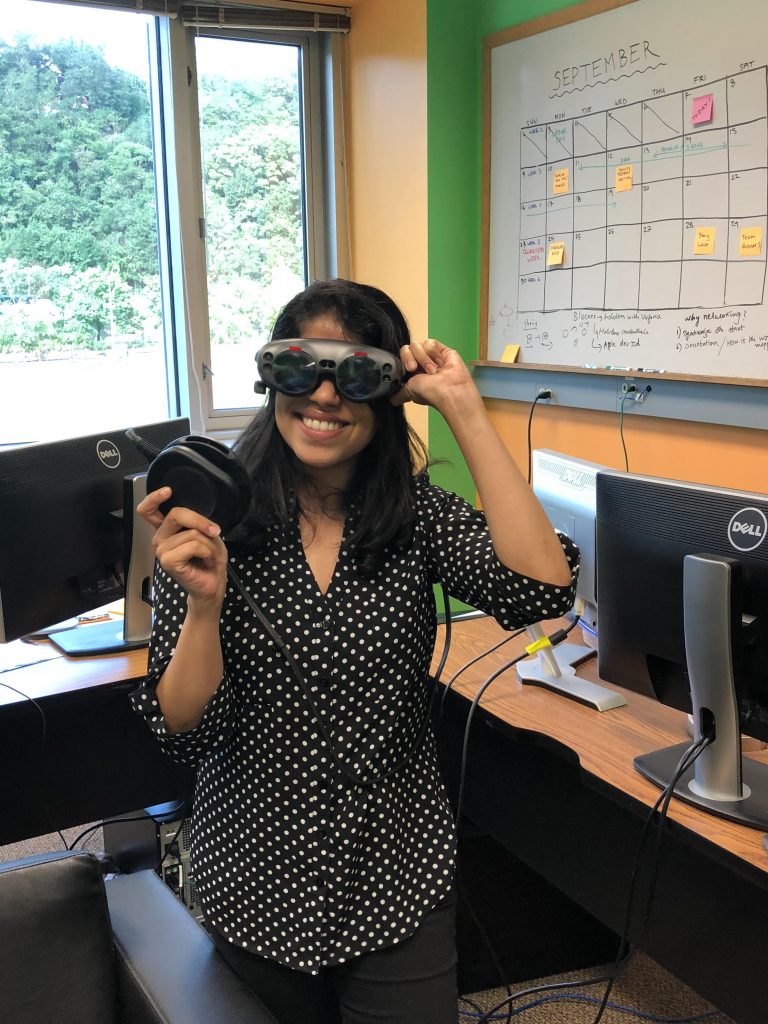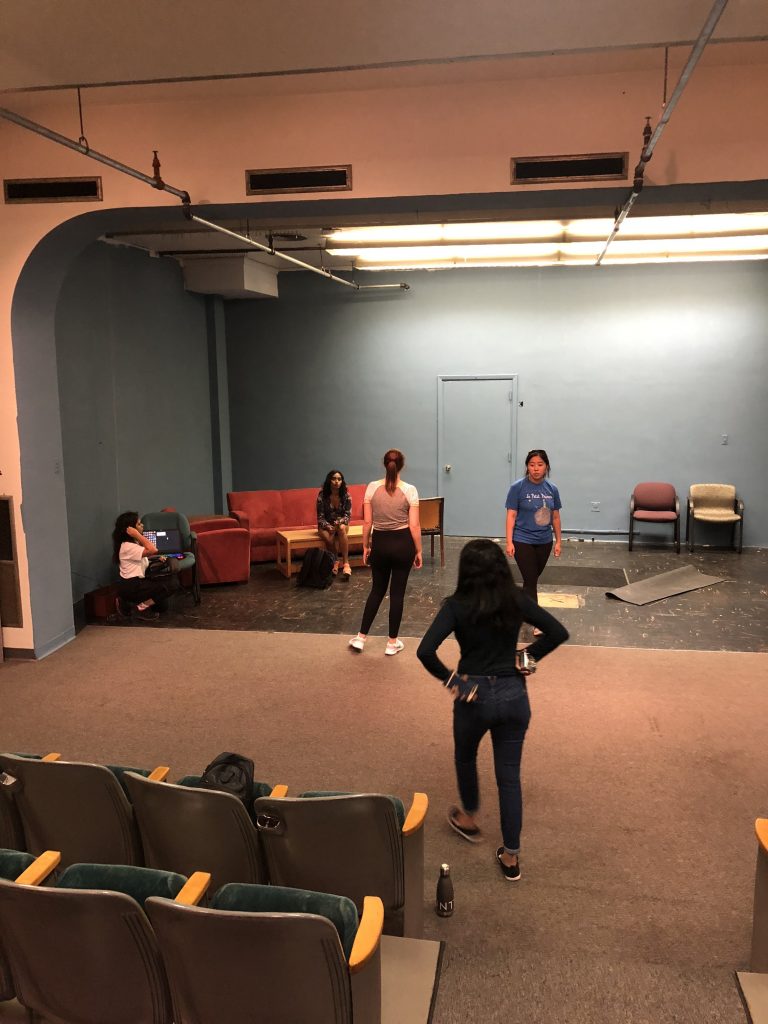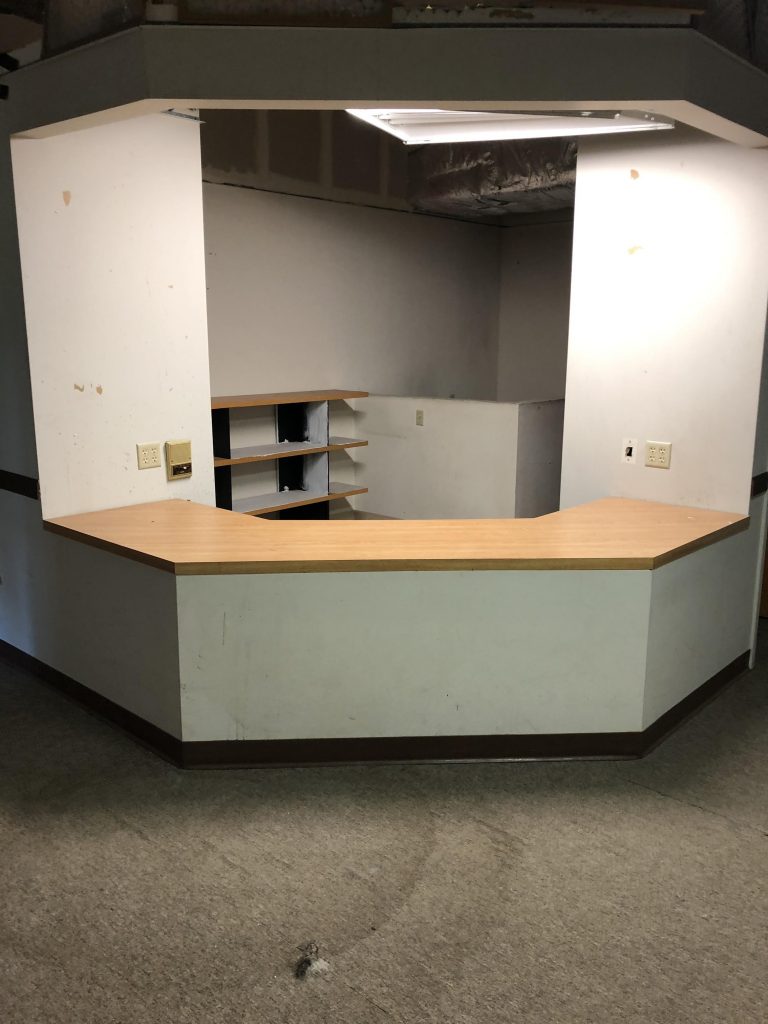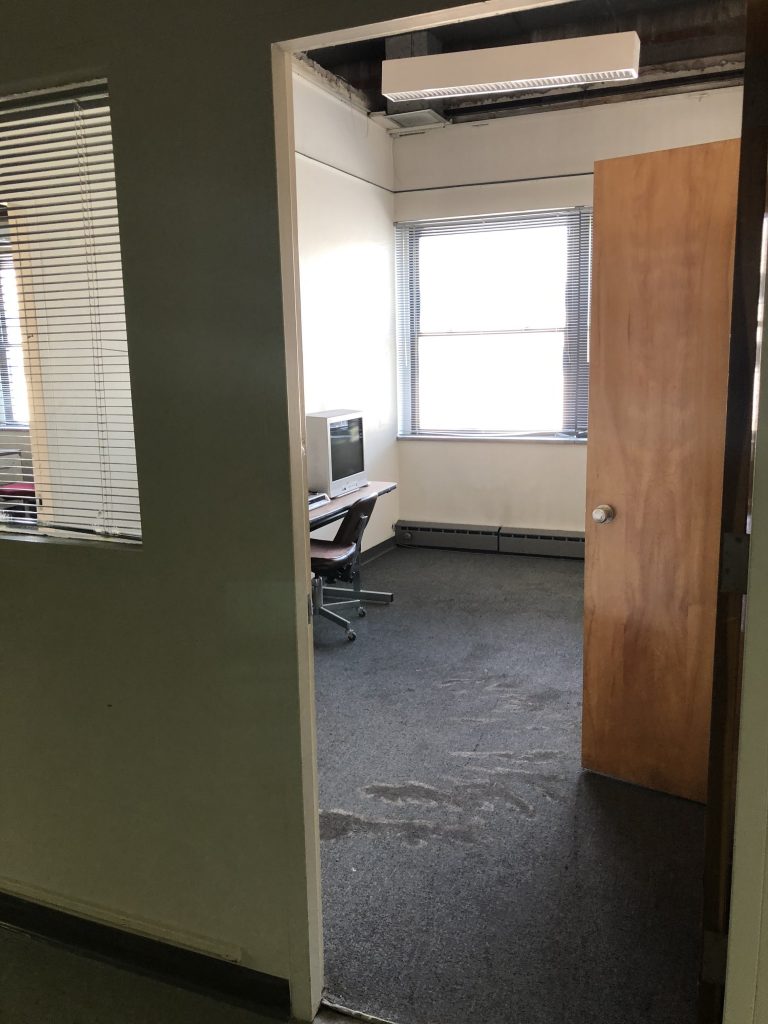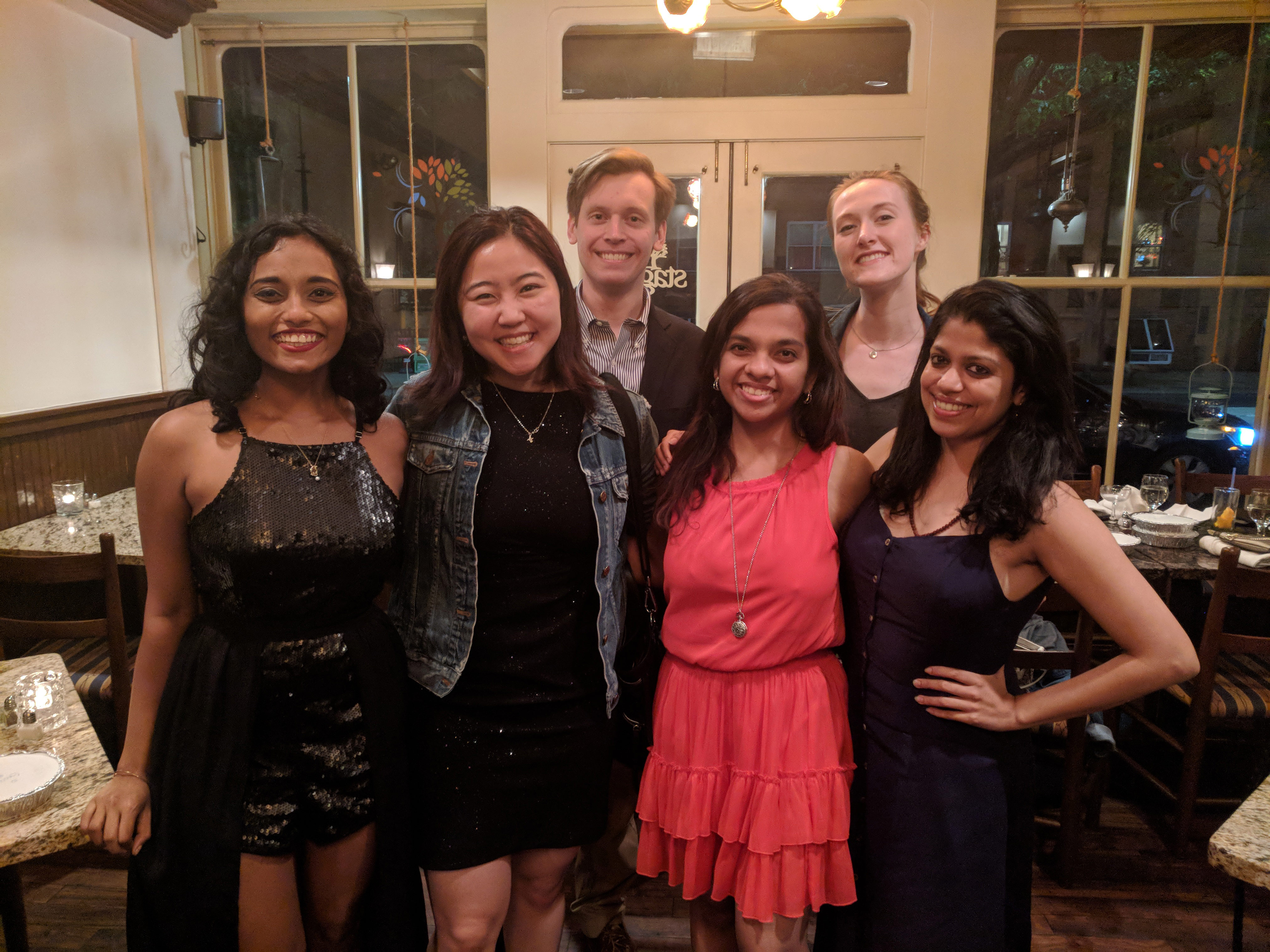
This week the TheatAR team presented its progress on Project Neverland to the ETC faculty. As part of this “quarters” presentation, the faculty got a broad understanding of what our project is trying to achieve and what our major challenges are. Additionally, it was a chance for us to reflect on the progress we’ve made on the project and to make sure we’re on target to complete everything over the next 11 weeks or so.
The faculty wants to make sure that we’re thinking about all the possible obstacles we might encounter in a project as complex and with as many moving pieces as ours. And it seems that while we don’t have answers to all of those questions, we have generally been thinking about the right things.
We’ve decided to move forward with the Micosoft HoloLens as our hardware platform. Despite its clear limitations (namely an unfortunately small field of view), and a pervasive lust for new technology (looking at you, Magic Leap One), the HoloLens as a more “mature” platform proved to be the most reliable tech to ensure that we can actually complete this project—at least for now. There is always the chance that we could switch to one of the alternatives in a few weeks, but we’ve settled on the HoloLens for myriad reasons, not limited to:
- As a platform that’s been around for a couple of years now, it has a treasure trove of documentation so that when we run into trouble, solutions are relatively easy to figure out.
- Unlike the competition, it supports networking without having to resort to zany, messy, and hacky solutions. Since we intend for as many people as possible to sit in the audience and wear a headset watching the same show, this is essential.
- It appears to have the best tracking. This was one of the main reasons we had to reject mobile AR, like Apple’s ARKit (although we also strongly prefer the experience of wearing a headset and watching a live performance as opposed to looking through a phone screen).
- It’s stable and reliable (The Magic Leap One has been running into some issues here).
With our hardware locked, we can move forward and begin to combine the programming with early animation tests to see what Tinker Bell looks like zipping around the stage and starting to interact with actors. We’re in the process of casting our human actors as well to play Peter and Wendy, and talking about our set design for the nursery scene that we’ll be staging.
One of the major (and exciting) challenges we’ll be running into next is dealing with how to cue the actors as to the location of a character that will be invisible to them but can be seen by the audience. This is something much more easily accomplished in film where a director can have as many takes as s/he desires, but for a live performance the stakes are much higher.
